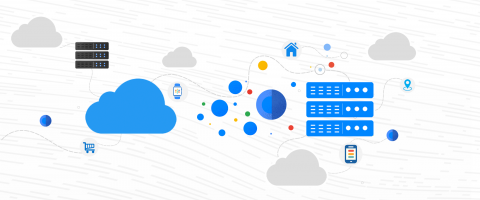How secure are your APIs? Apigee API security reporting can help
As APIs become the de facto standard for building and connecting business-critical applications, it’s important for operations teams to gain visibility into the security attributes of your APIs in order to continuously monitor and maintain the health of your API programs.











